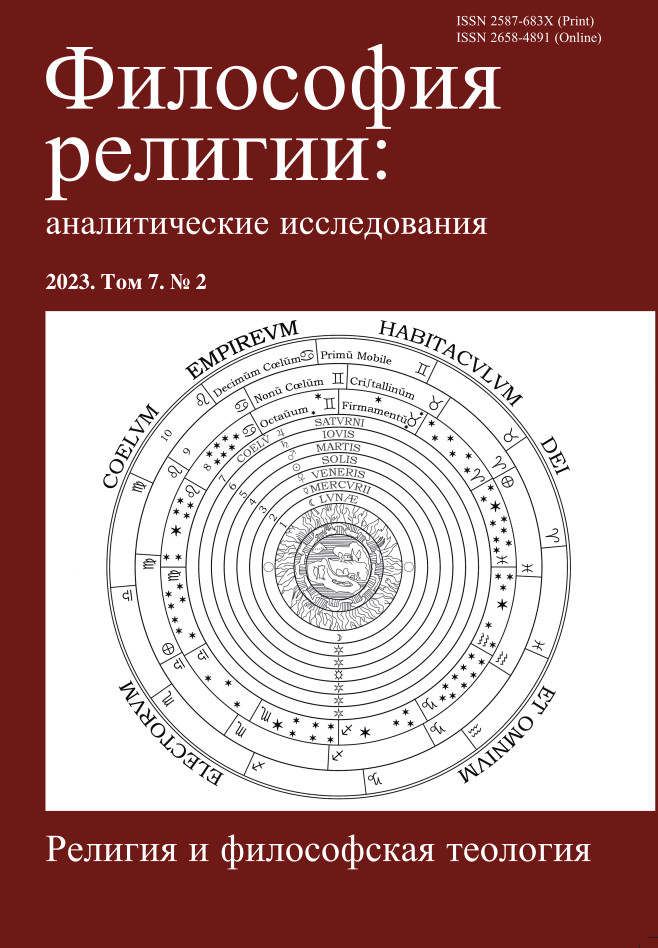Динамика веры по Дж.Г. Ньюмену
DOI:
https://doi.org/10.21146/2587-683X-2023-7-2-115-142Ключевые слова:
кардинал Ньюмен, Оксфордское движение, догматическое развитие, вера и разум, история и теология, психология религии, эпистемология религии, эвиденциализм, имплицитный и эксплицитный разум, философская теологияАннотация
В статье предпринимается широкая тематическая контекстуализация теории догматического развития Джона Генри Ньюмена (1801–1890) на просторах европейской философской и богословской мысли окружающих его столетий. Предлагается типология решений главной проблемы эпохи, с которой столкнулся молодой англиканский богослов в первой половине XIX в., – сочетание исторического релятивизма и догматического абсолютизма в вопросах религии. Три стратегии решения поставленной проблемы сводятся к следующим типам: 1) принятие истории, 2) отрицание истории, 3) взаимодействие истории и догмата. В соответствии с характерными признаками концепцию Ньюмена следует отнести к первому типу, хотя ей присущи свои особенности, отличающие его подход от сходных по направлению решений проблемы. Его особенностью оказывается преобладание философских инструментов и методов над историческими. Такой подход дает дополнительные ресурсы для разработки как самой концепции, так и ее ключевых элементов, в частности, категорий веры и разума, веры как согласия. Дополнительные материалы, предшествовавшие появлению главной книги Ньюмена, посвященной проблеме развития («Эссе о развитии христианского вероучения», 1845), приводятся в качестве приложения (Оксфордская проповедь «Имплицитный и эксплицитный разум», 1840) и представляют собой первый перевод на русский язык локальной разработки одного из ключевых вопросов для понимания всей концепции – изобретенного Ньюменом различения имплицитного и эксплицитного этапов веры или состояний разума.

 Материалы доступны по лицензии
Материалы доступны по лицензии
